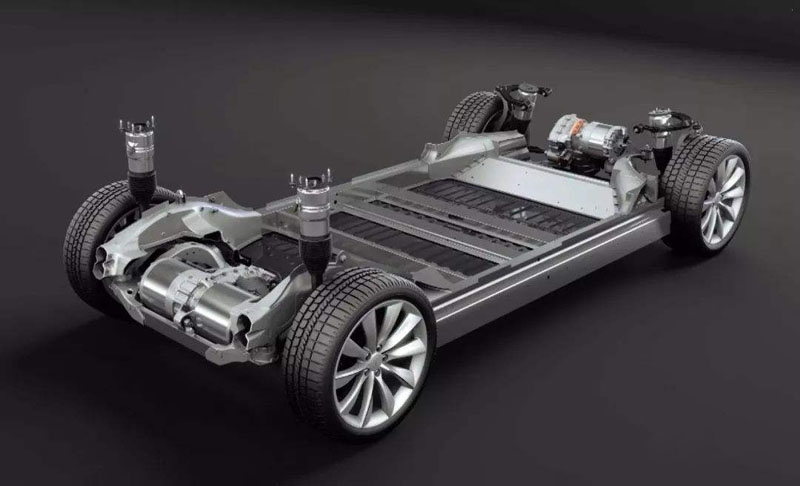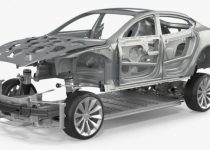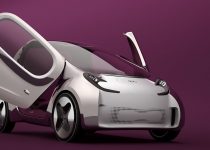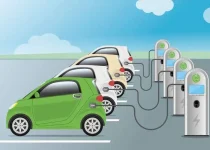Are there any drawbacks to using electric vehicles in terms of maintenance and repairs?
While electric vehicles (EVs) generally require less maintenance compared to internal combustion engine (ICE) vehicles, there are still some potential drawbacks and challenges related to maintenance and repairs:

- Limited service network: As EVs are still relatively new to the market, there may be fewer specialized repair shops and technicians trained to handle EV-specific issues. This could make it harder to find qualified service providers, particularly in rural or remote areas.
- Battery degradation: Over time, EV batteries lose capacity and performance due to factors such as age, usage, and charging habits. Eventually, the battery may need to be replaced, which can be expensive. However, advancements in battery technology are gradually increasing battery lifespan and reducing degradation rates.
- High replacement costs for some components: While electric vehicles have fewer moving parts and thus less potential for mechanical wear, certain components like electric motors and power electronics can be expensive to replace if they fail.
- Limited availability of spare parts: Depending on the make and model of the EV, some replacement parts may not be as readily available as those for ICE vehicles, which could result in longer wait times for repairs.
- Firmware and software updates: Modern EVs are heavily reliant on complex software and firmware systems to manage their various functions. These systems may require periodic updates to ensure optimal performance and address potential issues, which could be more time-consuming and challenging than traditional vehicle maintenance.
- Diagnostic tools and expertise: Diagnosing and repairing problems with EVs often require specialized tools and training, which not all automotive technicians may possess. As EV adoption grows, the availability of trained technicians should improve, but this could be a challenge in the short term.
- High-voltage safety concerns: EVs use high-voltage electrical systems, which can pose safety risks for both drivers and technicians if not handled properly. Specialized training and safety protocols are necessary to mitigate these risks during maintenance and repair work.
Despite these potential drawbacks, EVs generally have lower overall maintenance requirements compared to ICE vehicles, due in part to the absence of traditional components like the engine, transmission, and exhaust system. As the EV market continues to grow, it is expected that maintenance and repair challenges will be increasingly addressed, making EV ownership more accessible and convenient.
- Cooling systems: Electric vehicles often have cooling systems for the battery pack and power electronics, which may require periodic maintenance such as fluid replacement or inspection of pumps and hoses to ensure optimal performance and prevent overheating.
- Tire wear: Due to their instant torque delivery and generally heavier weight, EVs may experience more rapid tire wear compared to ICE vehicles. Proper tire maintenance, including regular rotation, alignment, and pressure checks, can help mitigate this issue.
- Electric vehicle-specific components: As EV technology advances, new components and systems may be introduced, which could require additional maintenance and repair knowledge. Staying up to date with these developments will be crucial for technicians servicing EVs.
- Knowledge gap among consumers: Many EV owners might not be familiar with the specific maintenance requirements and potential issues related to their vehicles. Educating consumers about proper EV care and maintenance can help prevent problems and extend the lifespan of their vehicles.
- Standardization and interoperability: With various automakers using different charging systems, connectors, and software, standardization and interoperability can become a challenge in the EV industry. This may complicate maintenance and repair efforts, particularly when dealing with multiple vehicle brands.
As the electric vehicle market matures and gains a larger share of the automotive landscape, it is expected that many of these challenges will be addressed. The expansion of specialized training programs for technicians, increased availability of spare parts, and advancements in battery technology will likely contribute to a more streamlined and efficient EV maintenance and repair experience in the future.


